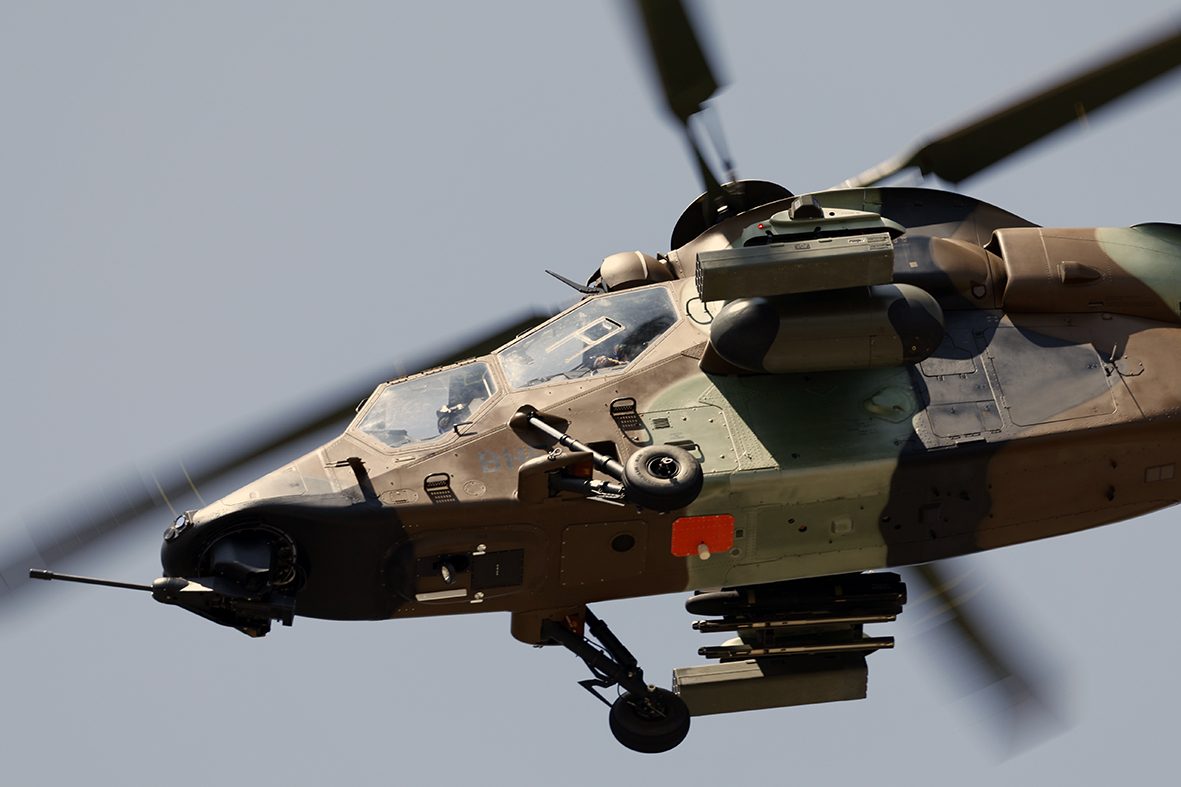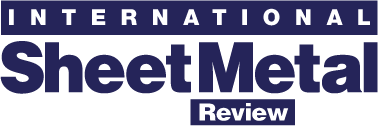
Global defence markets
Submitted by:
Sara Waddington
As the world faces growing conflict in regions such as the Middle East and Ukraine, and a challenging overall security environment with increased geopolitical tensions, some NATO countries have stepped up their defence investment commitments and budgets accordingly. Speaking ahead of the NATO Summit Defence Industry Forum on 24 June, NATO Secretary General Mark Rutte urged Allies to work with industry to expand their defence industrial base warning that “there is not nearly enough supply to meet our increased demand on either side of the Atlantic.”
Global defence spending reached US$ 2.46 trillion in 2024, up from US$ 2.24 trillion in 2023. Analyst PwC confirmed recently that global defence budgets grew by 9% in 2024, with the uptick in spending fuelled by “government priorities in cyber, space and next-generation defence technology.” According to the IISS, European defence spending growth surged to 11.7% in real terms in 2024. Governments are also reforming procurement processes to encourage innovation, reduce acquisition timelines and promote competition.
Novel production techniques and technologies are emerging, in combination with disruptive new entrants offering to reshape parts of the defence-industrial landscape. Defence start-ups are embracing new ways of manufacturing to reduce costs and act with increased agility (such as additive manufacturing). The potential exists for broad-based operationalisation of many technologies, from artificial intelligence and advanced air mobility (AAM) to unmanned systems. To combat vulnerabilities, the defence market has also moved to strengthen its supply chains and diversify suppliers in recent years.
NATO Summit Defence Industry Forum
At the NATO Summit Defence Industry Forum in The Hague on 24 June 2025, Allies signed several new multinational projects and expanding existing ones. Belgium, Canada, Denmark, Germany, Greece, Italy, the Netherlands, Norway, Poland, Sweden, Türkiye and the United Kingdom committed to the joint acquisition, storage, transportation and management of stockpiles of defence critical raw materials, including through recycling existing products.
This High Visibility Project will help facilitate access to a sufficient supply of defence-critical raw materials such as lithium, titanium and rare earth materials, which the Allied defence industry requires to deliver the capabilities needed to keep people safe. It will also help to make NATO less vulnerable to supply shocks and reduce reliance on external providers. The project supports the implementation of NATO’s Defence Critical Supply Chain Security Roadmap, agreed by NATO Defence Ministers in June 2024.
The Multinational Multi Role Tanker Transport Fleet (MMF) programme also reached a new milestone, with Denmark and Sweden joining this initiative. In addition, the NATO Support and Procurement Agency (NSPA) signed a contract with Airbus Defence and Space for the acquisition of two additional A330 Multi Role Tanker Transport (MRTT) aircraft, raising the current fleet to 12 aircraft. Launched in 2012, the MMF programme is an example of effective NATO-EU collaboration, supported initially by the Organisation for Joint Armament Cooperation (OCCAR) and currently managed by NSPA. The fleet provides participating nations with critical capabilities in air-to-air refuelling, strategic airlift and aeromedical evacuation.
Estonia, Finland, Italy, Latvia, the Netherlands and Sweden also broke new ground in supporting the further integration of new technologies in military operations, announcing the establishment of the first NATO Innovation Ranges. These are a key pillar of NATO’s Rapid Adoption Action Plan, which Allied Leaders were expected to endorse at the NATO Summit, and which aims to expedite innovation adoption, leverage new technologies at speed to deliver on capability targets, and increase production capacity through the inclusion of non-traditional suppliers in the defence industrial base. These ranges will enable Allies and NATO to test, refine and validate new technological products in operationally realistic environments.
The NATO Support and Procurement Organisation (NSPO), NSPA’s governing body, also signed a partnership agreement with Australia. The agreement will allow Australia’s participation in the full range of NSPA activities and services, including, but not limited to, the fields of acquisition, logistics, operational and systems support and services. This is an important milestone in NATO’s cooperation with partners around the globe.
At the signing ceremony, NATO Deputy Secretary General, Radmila Shekerinska, also praised the conclusion of several new framework contracts by the NATO Support and Procurement Agency (NSPA) since January 2025, worth 4.7 billion euros, for critical munitions sourced from across the Alliance.
On 24 June 2025, Secretary General Mark Rutte called on NATO Allies, partners and industry to “unite, innovate and deliver” to ensure the Alliance is able to “win this new war of production”. He emphasised the significant steps that the Alliance is taking to strengthen its defence industrial capacity, increase cooperation, enhance innovation and expand hundreds of new and existing production lines. “There’s no defence without a strong defence industry, and there’s no European security without a strong transatlantic bond,” Mr Rutte said.
Urging Allies and industry to do more, better and together, the Secretary General highlighted the clear demand signal that NATO is sending to the defence industry, through the massive uplift Allies have agreed in capability targets. Joined onstage by the President of the European Commission Ursula Von der Leyen, Mr Rutte welcomed the European Union’s Readiness 2030 plan that promises to unleash up to 800 billion euros for defence and encouraged the removal of barriers to transatlantic defence cooperation.
President Zelenskyy of Ukraine also made a speech at the event urging further security assistance and increased defence industrial cooperation between NATO Allies and Ukraine. Mr Zelenskyy highlighted Ukraine’s growing defence industry and its world-leading drone production, in particular, as an attractive basis for further collaboration.
The NATO Summit Defence Industry Forum brought together defence ministers, industry leaders and experts from across the Alliance and beyond to identify practical solutions to strengthen transatlantic defence industrial cooperation, boost production capacity, support innovation and harness the potential of the commercial space sector.
On 24 June 2025, NATO released public versions of key documents. The Updated Defence Production Action Plan responds to the need for Allies to produce more and faster, in a rapidly evolving security environment. The plan aims to improve Allies’ ability “to aggregate demand, deliver cutting edge capabilities and accelerate the growth of defence industrial capacity and production, including by providing long-term orders and clear demand signals to industry.”
Developed in consultation with industry, NATO’s first Commercial Space Strategy will allow the Alliance to integrate commercial solutions more flexibly and at pace, and ensure continuous access during peacetime, crisis and conflict. The strategy aims to create more business opportunities and cut red tape in NATO’s procurement processes, simplifying how space companies engage with the Alliance, helping to increase commercial diversity and strengthening partnerships across the Alliance.
NATO’s Rapid Adoption Action Plan substantially accelerates the adoption and integration of new technological products for defence, across all military domains. Allies commit to expedite adoption procedures, including fast-track procurement, and to allocate adequate resources to that end. Allies will embrace more acquisition risk in the early stages of development and are set to improve communication of Alliance-wide demand signals. The plan provides for new testing and experimentation opportunities in operationally realistic, real-world environments by launching the NATO Innovation Ranges and scaling the NATO Task Force X Model.
To read the rest of this article, see https://joom.ag/41wd/p20
